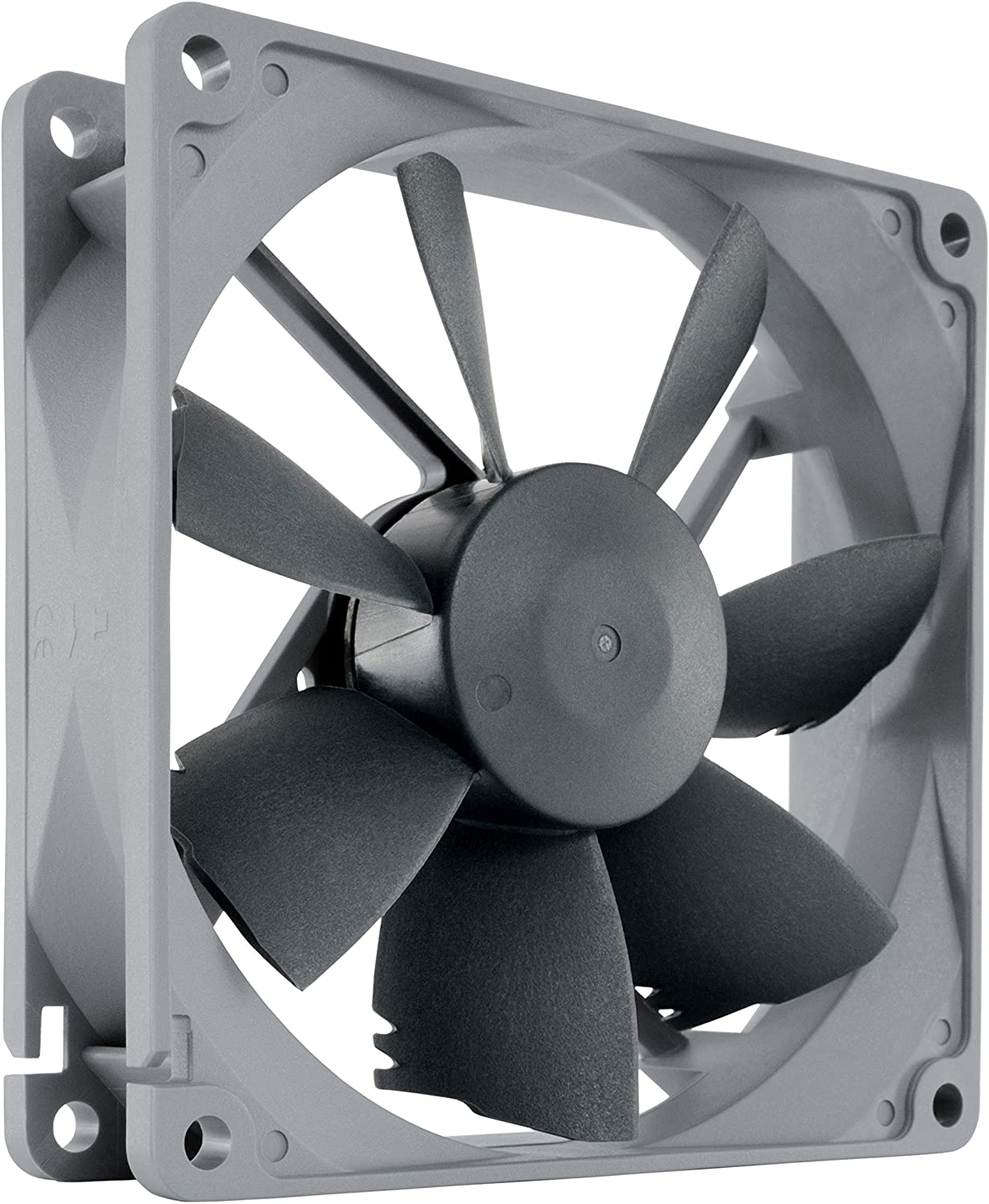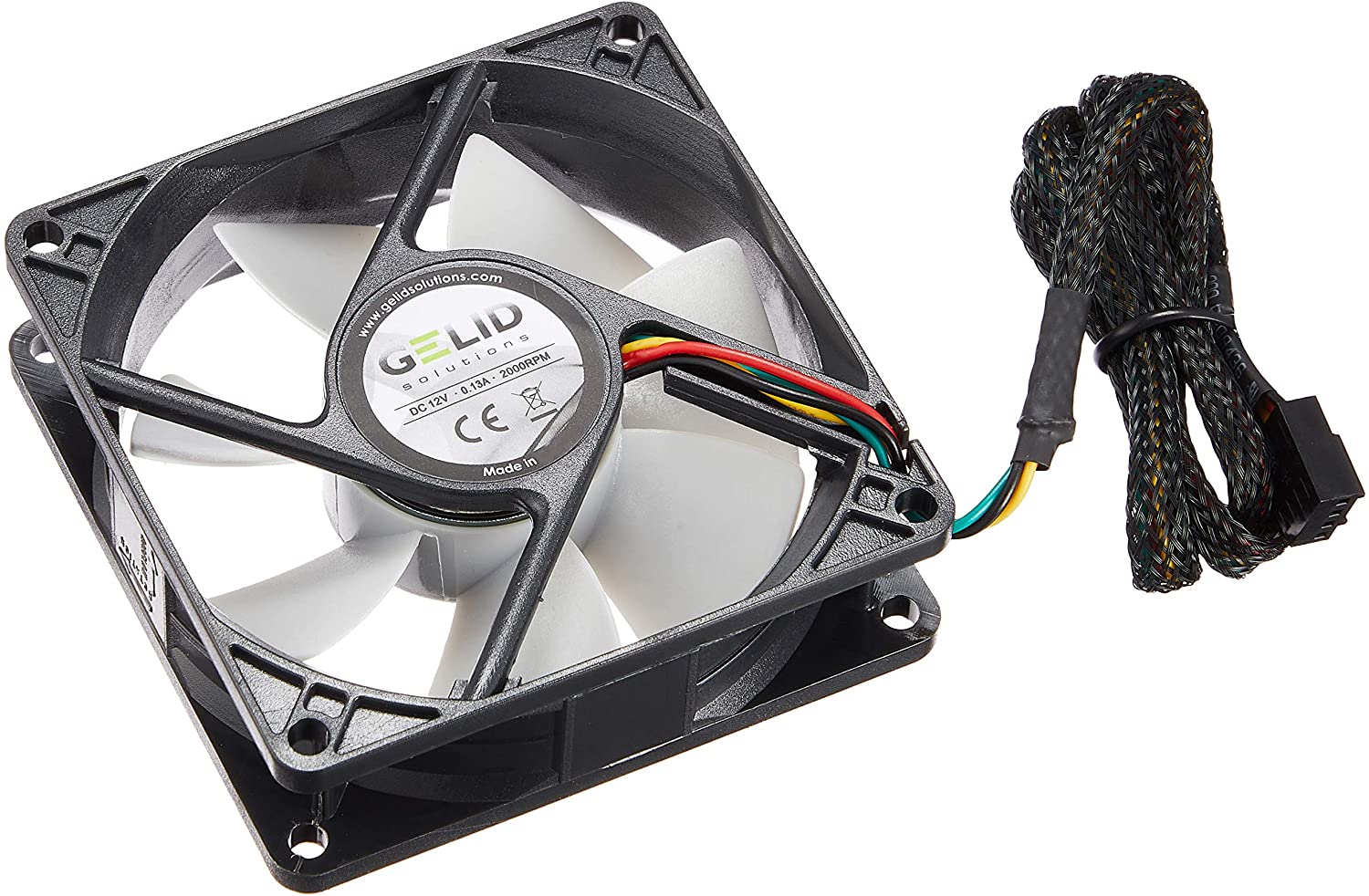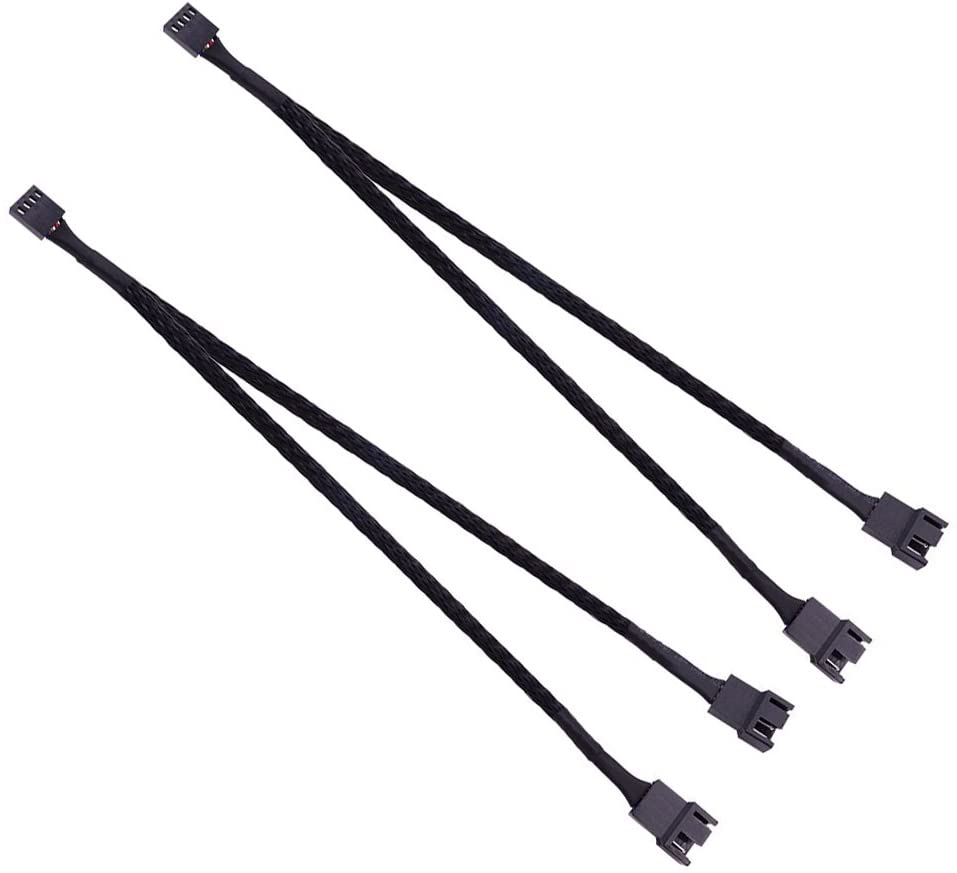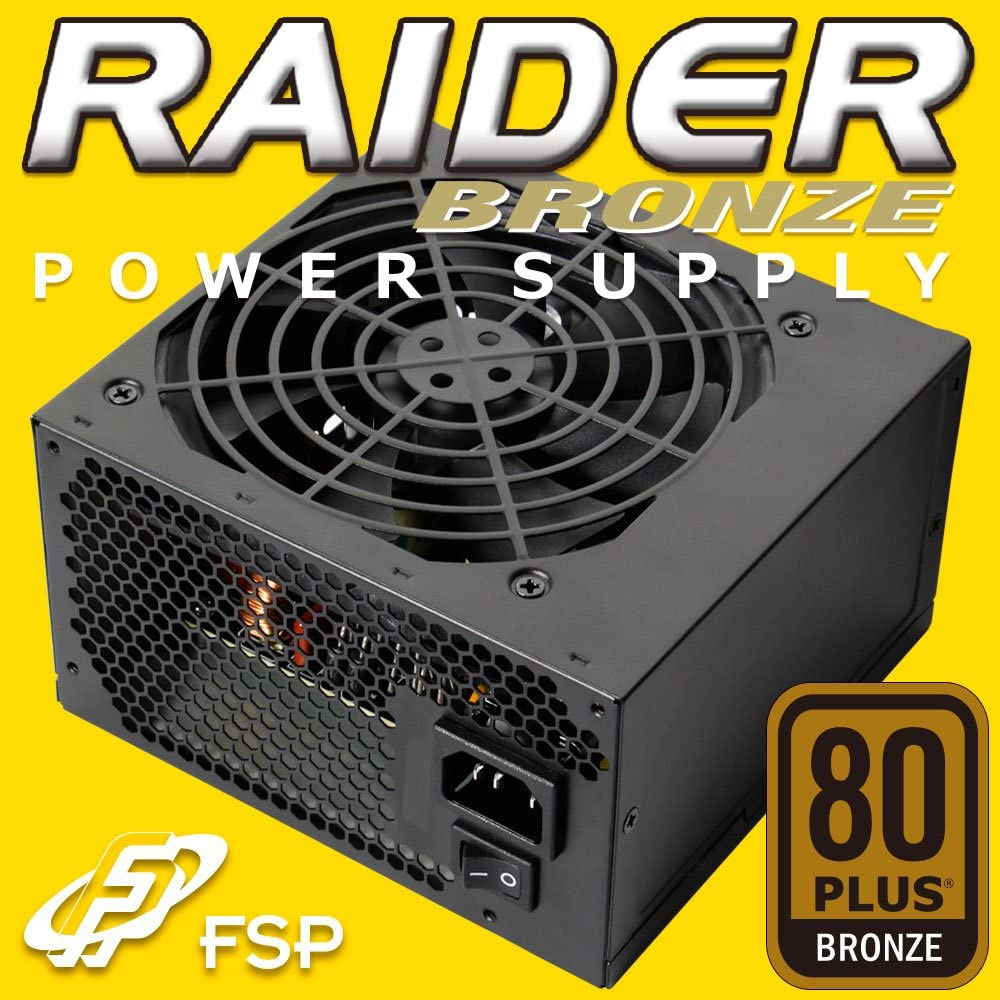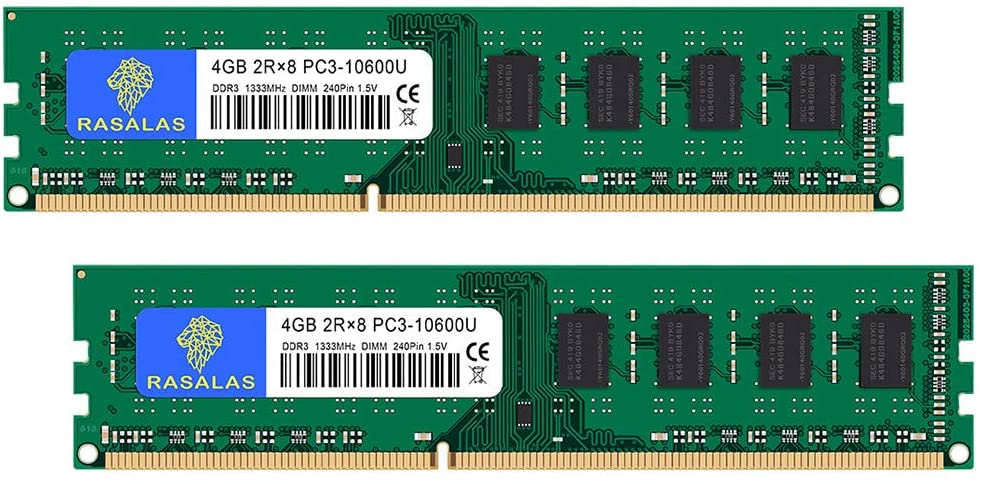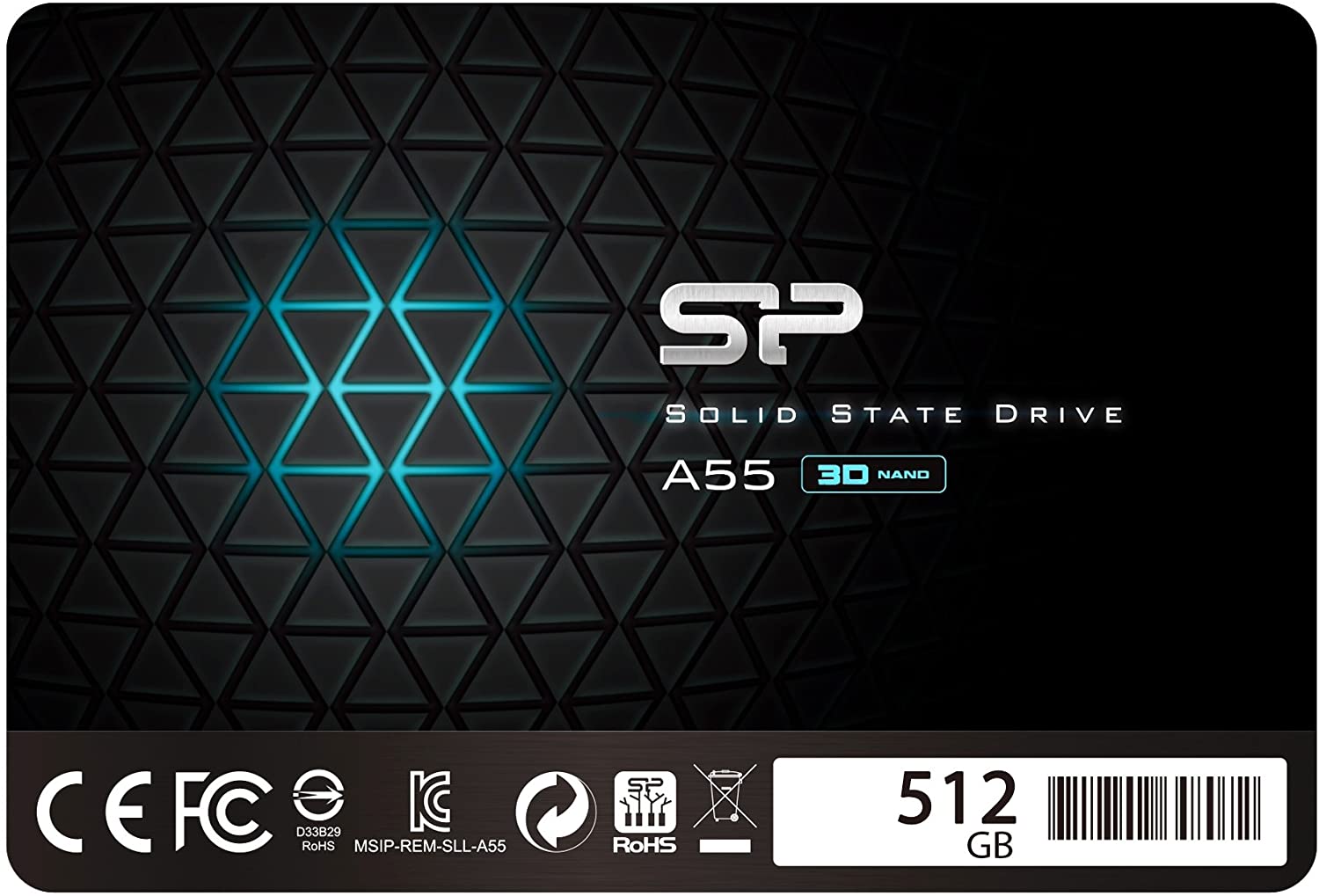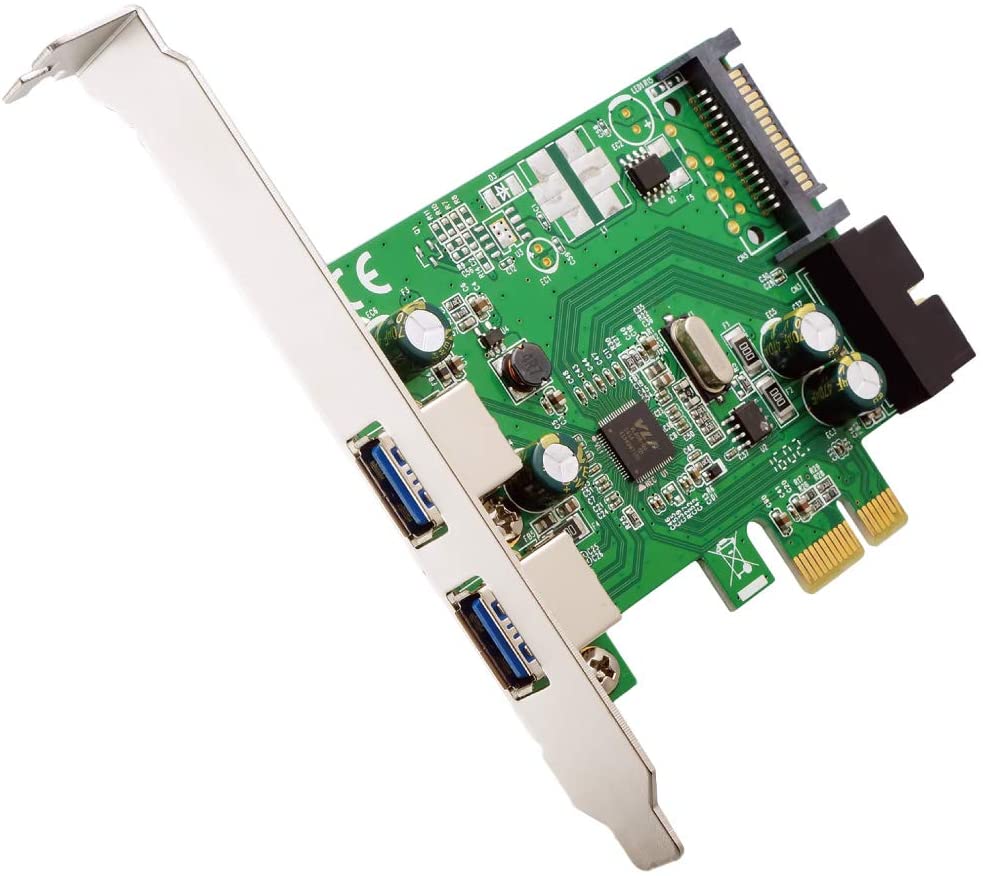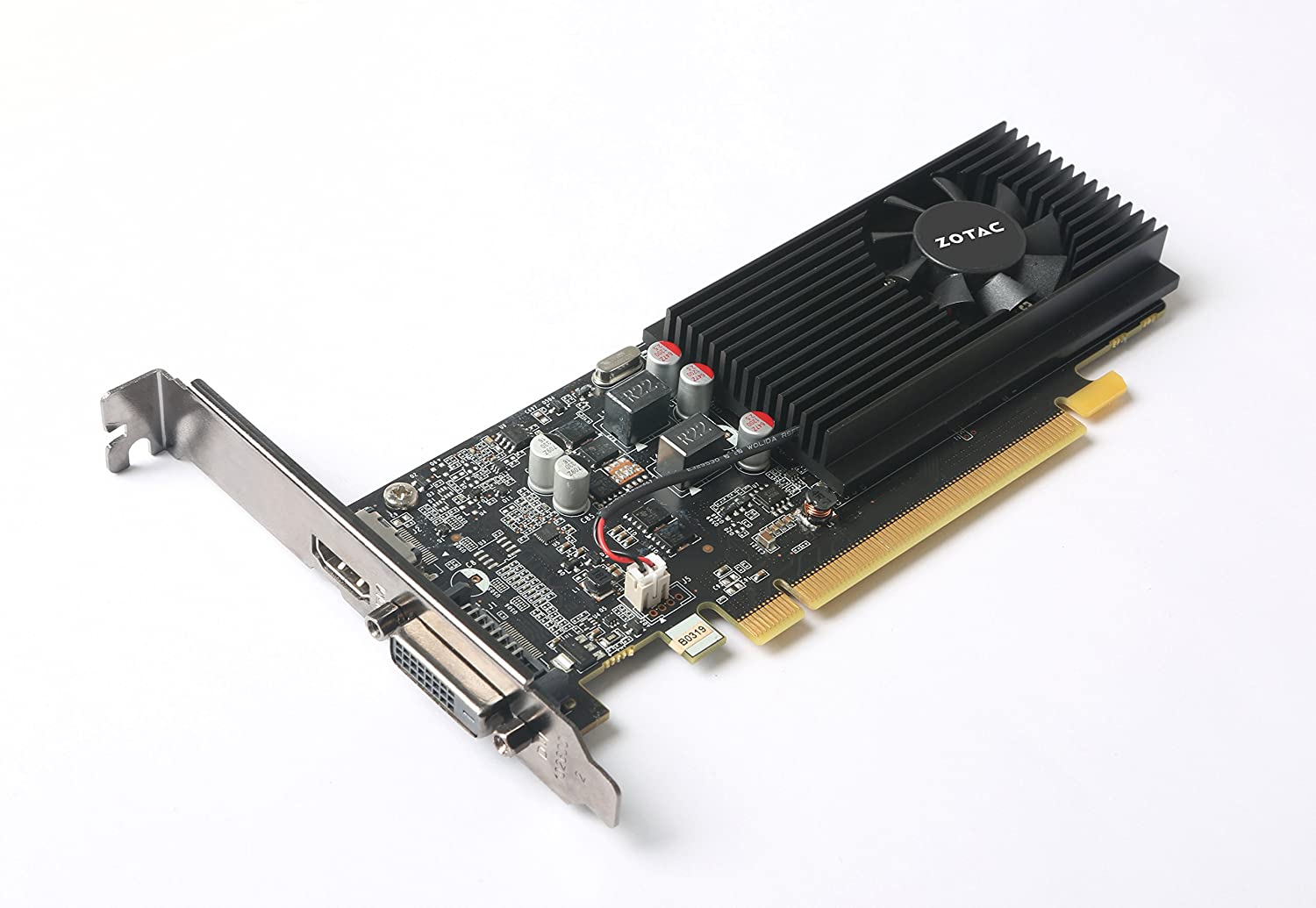re-building an old PC for photo editing
2021.02.21 (updated : 2023.09.23)
If you need a PC for productivity tasks like photo editing, you can buy new, assemble a system from scratch, or buy an old system and fit it with old parts. Reasons to choose this strategy are:
- It can be very cheap - e.g. you don't have to buy a Windows license.
- You can use skills most people possess.
- You can have a good-enough solution that is fit for purpose.
- You're giving some e-waste a new home!
When we moved to Japan in 2020, my photo editing PC couldn't come. I was unable to go to Canada mid year as planned thanks to a travel ban, and my harried wife in Canada was unable to tear down the system case. But I am an avid amateur photographer and have thousands of photos to edit. My used laptop wasn't up to the task. It was time for a PC, and I chose the third option.
In a recycle shop in Tokyo, I found a Vostro 430, an old ex-corporate Dell PC for a price of all of ¥15,000 (about $200). That's about the price of the Windows 10 license for a new PC. I mention that because like most old corporate boxes, this had a Windows 7 license key sticker on it that you can register with Microsoft to upgrade to the current Windows for free.
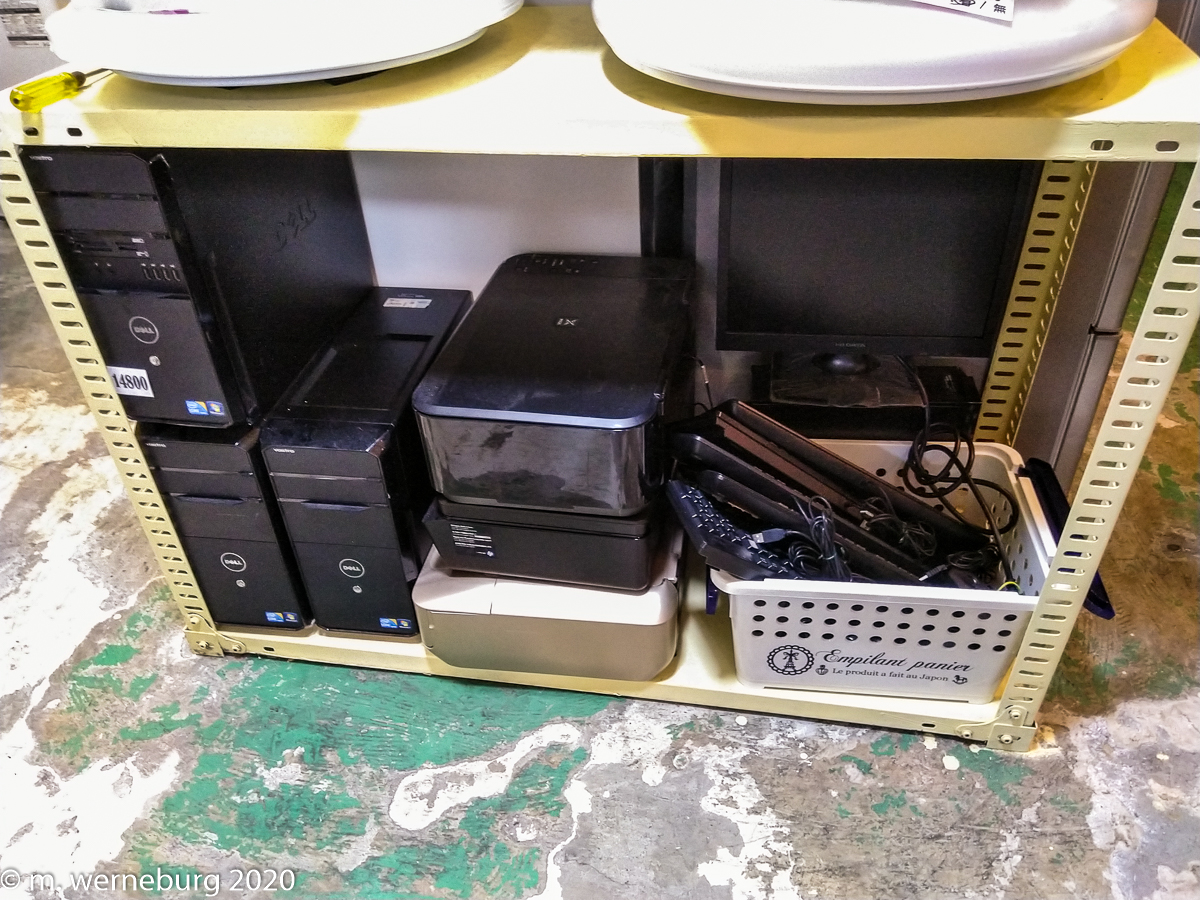
What have we here?
Before buying, I asked if I could look inside the system case, and they handed me a screwdriver. Inside I found the predictable contents:
- A four-core i7-870 CPU and a basic motherboard with a small amount (2GB!) of RAM.
- A no-name silver power supply unit.
- A spinning hard disk (not solid state).
- A worn video card that looked like it would likely be trouble*.
- USB 2 ports and an "optical drive" which might have been a DVD drive but might also have been a CD drive.
- Worn out system- and CPU-fans.
The computer likely dated to 2009. Happily, this meant that the iffy video card had the ports I'd need to connect to the monitor we'd brought from Canada - another Dell, this time from 2007. Given the cost, I could make this work for my purposes - photo editing, backing up files from my website, and light home use.
I got it home and connected it to an old keyboard, mouse, and the monitor. Everything worked, but it was damn loud.
*More to say on this, below.
dangers and irritations with rebuilding an old PC
Old PC's become disused for many reasons. Primarily, it's because they're no longer considered very fast. But there are other problems such as component failure, incompatibility with modern operating systems, slowing down due to overheating, noise, and being ugly. There can also be real dangers, such as a worn-out power supply starting a fire!
thermal throttling
The "thermal throttling" that happens with overheating is a real problem. Modern PC's have a CPU with a cooling solution such as a box cooler that sits directly on the chip. The cooler usually consists of some slender metal fins that radiate heat away from the chip, plus a fan that drags air across the fins. The surface area of the fins allows a lot of heat to leave, but it's also great for collecting dust. As it does that, the dust insulates the cooler and it stops working as well. You may have experienced something similar with the heat exchange system on the back of a refrigerator. Unlike a fridge, the CPU needs to get rid of heat up to 100ºC in an instant. It's a very delicate act; if the cooling solution is too weak, the CPU will overheat and then slow itself to reduce the heat - this is thermal throttling. The cooler is fixed to the CPU with screws, but between the two components is a highly conductive thermal paste that can dry out and become ineffective. When evaluating an old PC, you have to take the stock cooler off, inspect the thermal paste, and judge whether it and the cooler need to be replaced. (They probably do.)
Below is a video that visibly shows the heat building up in a cooler when its fan is disabled.
Another problem leading to excess heat is cramping inside the case. A lot of the old ex-corporate systems are either very compact or very slim or both. This means that structures inside such as bulky hard drives, useless optical drives, wide ribbons, and various struts and brackets are restricting internal airflow. These old cases generally also have primitive power-supply units that don't assist with case cooling and in fact generate more heat.
Heat also wears out electronics, so an old system likely has some component stress. This can't be helped after years of such overheated service, but you can certainly address it going forward.
noise
Noise is not merely an irritant. It's a sign that the system is stressed -- too hot from poor ventilation and fighting its own high power draw. When a system can't cool itself properly, it takes more power to cool itself, ironically using more power to do so.
Happily, the solution for the problems of heat and noise are the same. The solution is to carefully clean the system, to upgrade the system and CPU cooler, to replace dired out thermal paste, to add more system fans, and to remove obstructions inside the case.
tackling the problems
The first things to go where the dying fans that collectively put out an intolerable amount of noise and were not being effective. The obvious solution was a modern box cooler, because there was no room for a larger "tower" cooler (as in the video above).
I replaced the 92mm system fan at the rear of the case, and installed a larger 12cm fan at the front of the case where useless peripherals like the CD drive had been. That 12cm intake fan is larger/stronger than the 92mm exhaust fan, and would create positive air pressure in the case. This means air is jetting out through all gaps in the case. This is good for reducing dust buildup in the various nooks and crannies.
I recommend brand name sources for fans. They work better, are quieter, and last longer. Noctua's fans are excellent.
Adding a second case fan meant I needed a splitter for the power for the fans.
The CPU and case fans were inexpensive replacements averaging around ¥1250. Modern fans are much lighter than the old ones, and nearly silent. They also do a better job of ventilation and use less power. The old steel case is so much better ventilated now that the fans run at a low speed and the whole thing is quite quiet.
the power supply unit
Replacing the power supply is the only (modestly) expensive part of this and is technically optional but I'd strongly recommend this course for anyone doing a similar rebuild. Old power supplies are semi-jokingly referred to as "IED" (improved explosive devices) because they tend to cause fires. These old silver power units were inefficient to start with, and after years of service I'm certain it would have degraded. I suspect that the low wattage unit was operating at too close to its limit with all the noise this system was making.
Also, old power units had a strange design limitation: they were open only to the exterior of the case, which meant that they not only didn't ventilate well but they also didn't assist with drawing hot air out of the interior of the PC. Modern units open into the outside of the case as well as the inside, and sometimes have a second fan for drawing out hot air from the PC. I bought one of these for about ¥4000 that had the exact technical and physical dimensions I needed - in the PC world there are parts for everything!
I cannot over-stress how important this is - you must match both the total wattage and match the kind(s) of power connectors of the existing power supply. And you have to be sure it matches the dimensions. These aftermarket power supplies come in all sizes but the wrong size just won't work, period. When judging how much wattage to buy, it's important to leave a buffer. So if you think your total draw is 300W, get a 400-500W PSU.
computing power
The system was slow by today's standards of course.
I replaced the 2GB of RAM with two new 4GB cards for ¥3420.
storage
I demoted the 1TB hard drive to a data drive, and installed a brand named (but inexpensive) solid-state drive as the main boot drive. This would add much-needed speed to booting and running applications. I've had two or three SSD drives die over the past decade so my advice is to back up your boot drive regularly and leave the data on spinning disks. This will put a brake on your photo editing software, but if you're doing bulk exports you can always write to the SSD for a bit of pep - as long as you then move the files to the spinning disk. The current generation of solid state drives need M.2 slots. Adapters exist to the older PCIe format, but at that point you're shoehorning a very fast drive into a slow PC and you likely won't realize all the gains you might expect. So I chose an older-generation non-M.2 SSD that would fit the system's existing SATA ribbon.
Solid state disks degrade very differently from the older spinning disks. Yes, if the controller dies, your disk is gone, the data is unrecoverable. But spinning disks die a death of slow degradation of the media. You'll get read errors and corrupted individual files. With a solid-state disk, the surface acts as a semi-porous membrane for the storage of electrons. This capacity also wears out physically, but when the disk gets too far gone it locks for writes, becoming read-only. When buying a SSD look at the rating for writes. The "TBW" or TeraBytes Written rating tells you how many writes the drive will sustain. The higher, the better.
I also stripped out the old CD (or possibly DVD) drive as dead weight. This again allowed better airflow and was redundant to the external Blue Ray Data drive that I'd picked up in the spring (for another ¥2000). That drive allows me to write 25GB and 50GB disks that will last at least 25 years - unlike CD's and DVD's which are generally useless after about five years.
The last change I made was a gorgeous little USB 3 adapter. This baby PCIE slot tucked under the video card would eliminate the days of two-hour BR-D writes and interminable SD card reads. For a bit under ¥2000 I could now attach the external RAID-1 drive bay we'd brought from Canada, and I could attach my disk burner or SD card reader as needed.
At this point, this is what I'd spent:
PC ¥ 0 (store credit)
Windows 1 ¥ 0 (old Windows 7 license on sticker)
solid state drive ¥6180
RAM ¥3420
power supply ¥4200
80mm CPU fan ¥ 970
92mm system fan ¥1499
fan power splitter ¥ 336
USB 3.0 adapter ¥1922
total ¥18,527
This is about $225. A new PC would have cost $700-$1000.
the GPU
But there was still one problem. The video card was an absurdly cheap and nasty unit from the time when the PC was built - an Nvidia P361 GTS 240. It's not exactly a "GPU", it has 1GB or RAM and has only marginal support for Direct X 11. Importantly for me, it also didn't have the brawn to support my 4k monitor, and it didn't have any compatible ports. This was fine when I bought the PC, as I had a spare monitor that was compatible. But when my wife started working, she needed the old monitor, so I had to replace the old card.
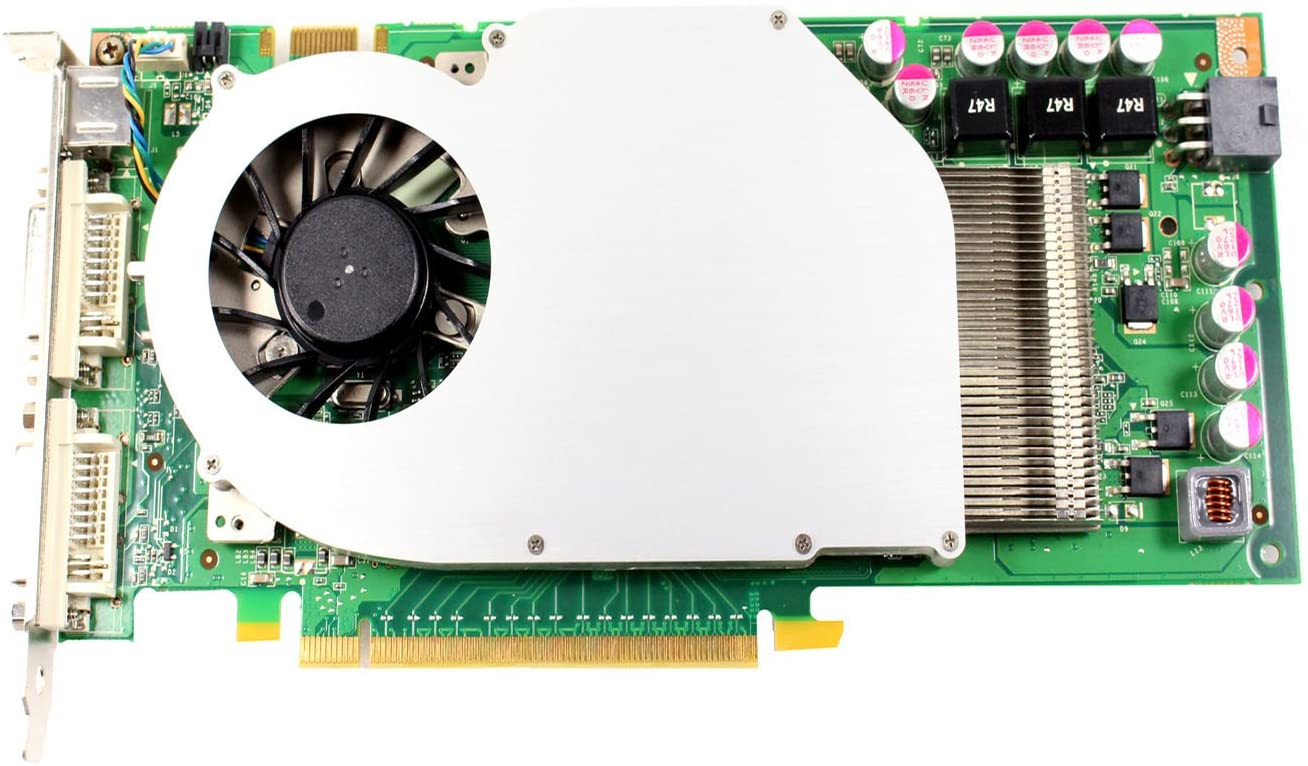
Nvidia P361 GTS 240
Enter the Zotac* GT 1030 GPU for about ¥12,500. That will doubtless sound like a lot of money to anyone from North America, but again: this was happening during the pandemic†. It's a very low-end card, and the price was crazy but it was at least available. What's interesting about this particular model is that it's compatible with the low-Wattage motherboards used in the old Dell and HP corporate PC's of yore. While abruptly increasing the expense of the PC by 60%, this allowed me to resume normal use of the antique PC with a modern monitor. It also eliminated the last noisy fan from the system, so the whole thing now runs quiet.
Note that when this card is inserted into the case, the heat sinks are well back from the edge of the case. This allows for access to the miniature (x4) PCIe slot immediately next to the the x16 occupied by the Zotac. This is very clever. Secondly; this design has a fan for active cooling. The fanless systems for passive cooling won't work as well in a cramped old systems case.
conclusion
The system isn't ideal for running photo editing software, but that software does support my video card, and I'm getting by. I don't take thousands of photos of month, or I suspect things would be different. But for ¥31,000 (about $375) for an i7 system that supports all my peripherals, I'm happy.
*Zotac: hat a name. I later realized that this was the same brand as the video card we'd bought for my son's gaming PC a couple of months prior. I guess we're a "Zotac" household.
†As of 2023.08.28, someone is trying to sell one of these old Nvidia P361 GTS 240 cards for more than ¥30,000. Ah, Japan.
